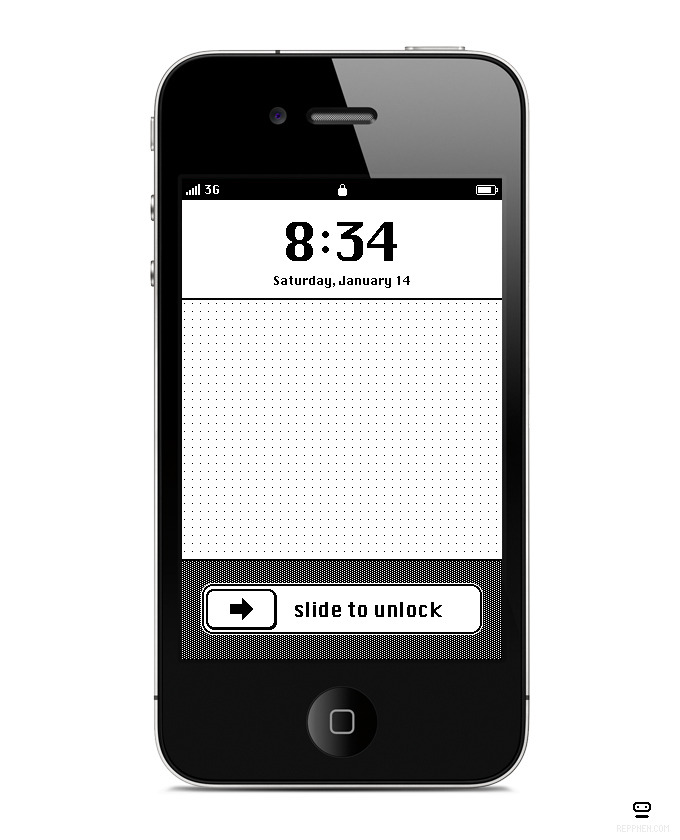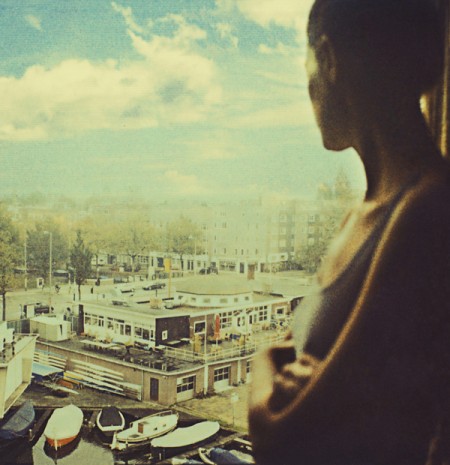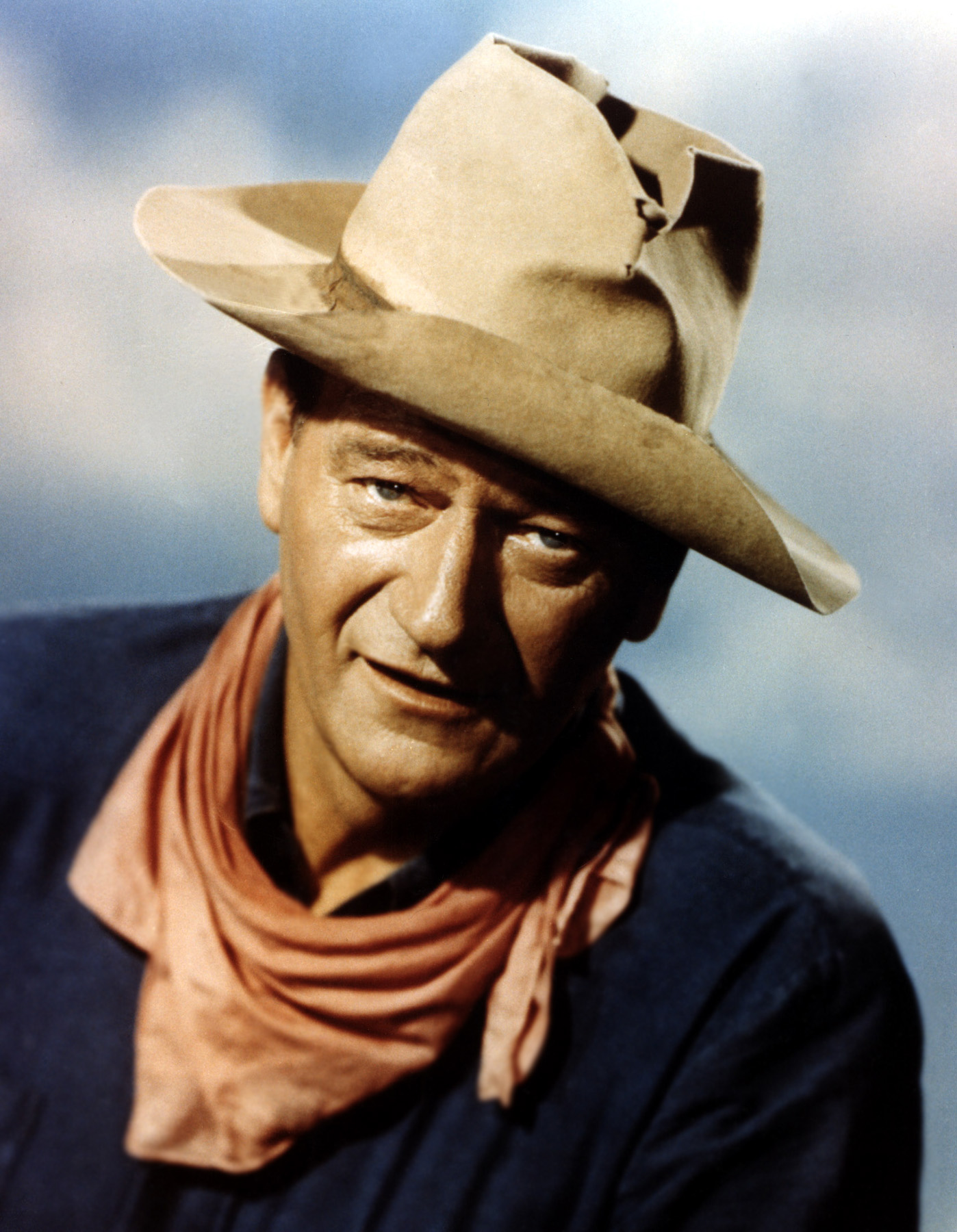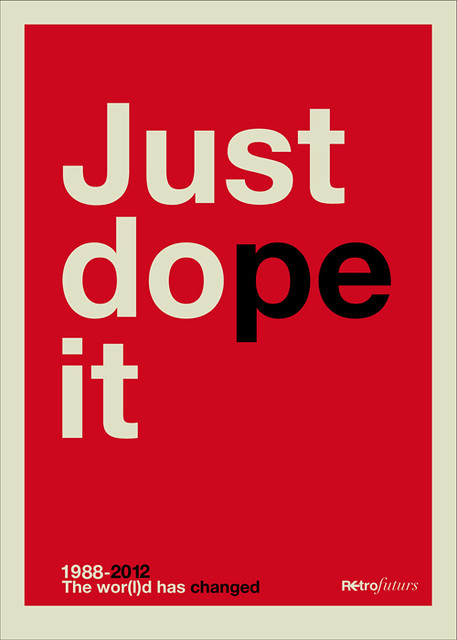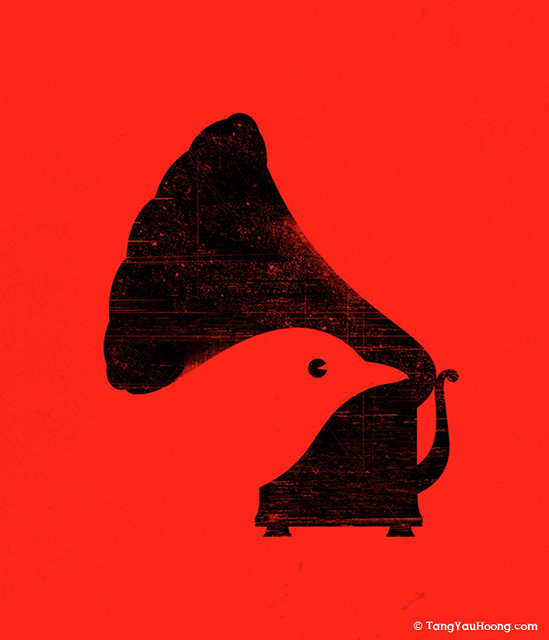This week we have the chance to write about any principle we think relates to the subjet matter that our lecture was about. Text and Image is obviously a very huge subject so I will be writing about the use of text and image in moving image for example motion typography.
This video uses text in a very cleaver way, employing simple techniques that work well with the chosen audio track. The most effective thing about this use of Text and Image is that timing of the animation along with the audio track, another example of when the audio track is very important is this video by Sebastian Baptista.
Make it better from Sebastianbap on Vimeo.
Make it better from Sebastianbap on Vimeo.
An example of motion or kinetic typograhy that is not relient on sound for it's effect is this:
There is a soundtrack to this video but there is not sound effects for the movement of the words or letters, the others all rely heavily on the sound to give it that 'UMPH!' but this one does not. This video is an informative video about the specific typeface Futura, it is very clean, crisp and clear in it's delivery of the information it is providing. Without the innovative use of text in this video it would not be successful. Nobody wants to watch a video with text scrolling down the page as if it was some 'Galaxy Far Far Away' nonsense. They keep it quick and fast paces without it being too jittery and they showcase the font for the beauty that it is.
This is an example of very bad kinetic typography.
It is not very imaginative, and it's not well synced.
I can concluse the text is very important to image in a vast number of scenarios, weather it is selling a product or entertaining an audience or conveying an emotive message, text is vitally important for all. Not only the presence of text but the use of that text is important too, they way in which the text is animated in these examples is key to the success of the video.




.jpg)

